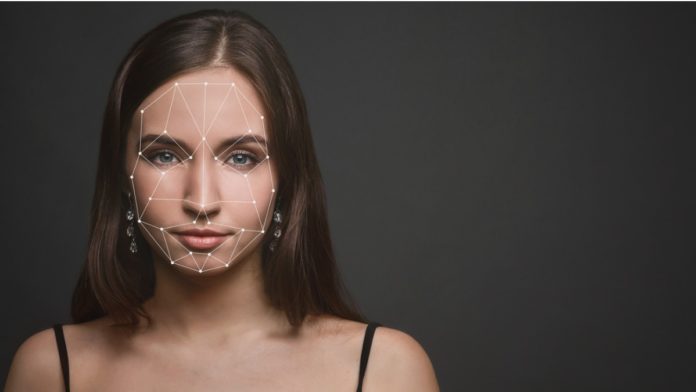
Companies are looking for better tools to help track the movements and health status of their workforce as they reconfigure their facilities to hamper the spread of COVID-19.
In particular, analysts and HR leaders expect the use of passive monitoring to increase. However, they acknowledge that employee discomfort with the idea of “being watched” is sure to put a brake on its adoption.
Despite that, they believe physical procedures, such as temperature checks, will be unworkable at large facilities, where the number of tests required will result in long lines and delays in entering the workplace.
#HR expects to use more passive monitoring post-pandemic, but acknowledges that employee discomfort with “being watched” is sure to put a brake on adoption. #HRTech Share on XThey also say HR professionals are concerned that HIPAA and other issues will come into play as temperature checks are implemented. For example, questions have arisen about who can perform the checks, and how results should be properly stored and transmitted.
According to media reports, a number of technology firms are developing tools that will monitor employee health status and notify workers if a colleague has contracted COVID-19. While so far most organizations are talking about these solutions as being voluntary, consulting firm PwC suggests they should be mandatory.
“U.S. businesses are going to have to [tell employees]: If you’re going to come back to the work environment, you need this app on your phone,” PwC Partner Rob Mesirow, who leads the firm’s connection solutions practice, told the Financial Times.
PwC is developing a solution that uses employee smartphones to anonymously map how workers interact with each other. If an employee reports they’ve become infected, HR can use the technology to trace contacts and inform those affected.
The issue of privacy in the workplace is sticky, and may get stickier. It’s been widely accepted that workers have limited rights to privacy when they’re using company-supplied equipment, but the question becomes more sensitive when there’s the perception of surrendering more privacy than they mean to simply because they’ve clocked in.
Brakes on Facial Recognition?
Meanwhile, some analysts wonder whether efforts to limit law enforcement’s use of facial recognition will slow the workplace’s adoption of the technology.
IBM recently said it would no longer offer general purpose facial recognition or analysis software. Amazon has suspended sales of its facial recognition products to law enforcement agencies for one year, and Microsoft said it will wait for legislation to be passed before it proceeds with marketing its solution to police departments.
Over the last several years, a number of reports have said current facial recognition technology generates data that discriminates against people of color. In 2019, the U.S. National Institute of Standards and Technology found that most commercially available systems exhibited bias, erroneously identifying African-American and Asian faces 10 to 100 times more than Caucasian faces.
Despite the attention IBM, Amazon and Microsoft have received, many involved in touchless technology believe the moves will have minimal impact. “If the changes announced this week are not accompanied by meaningful policy change … they are not likely to significantly impact the market,” noted the website BiometricUpdate.com.
Sign up for our newsletter here.
Image: iStock














